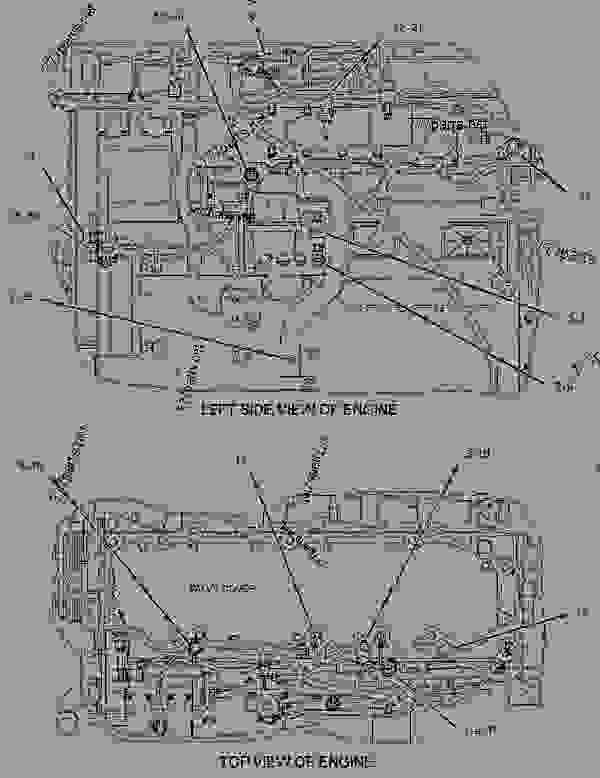

This whole process of draining, flushing till clear, cleaning, flushing till clear, two fills and flushing with distilled water, and final filling with ELC took me all day. Low temperature sensors are available as passive resistive output, thermocouple output or active PWM and analog outputs. Im lead to believe ELC is red and the regular coolant is something else. The original owner does not recall if he had ELC coolant installed. Use this 50/50 mix to add coolant when needed. Description for part number 361-6576 Cat Coolant Temperature Sensor Group Description: Cat low temperature sensors use thermocouples and thermistors to sense temperature. I am the proud second owner of a 2007 Fleetwood Providence with a CAT C7 engine. To the remaining 1/2 gallon add distilled water to fill the container. Your system should now be protected to about 50 degrees Fahrenheit below zero. Application: Cat low temperature sensors are used on machines and engines in air systems, fuel systems, engine oil systems, cooling systems and hydraulic systems. My coaches capacity is 19 gallons therefore I used 9-1/2 gallons of ELC. The active temperature sensors must be powered by a regulated (5V or 8V) power supply. You may have to call your chassis manufacturer to get the capacity of your cooling system.

Use enough ELC for half the capacity that FLeetwood states for the coolant capacity for your coach. You will not be able get low enough protection if you you use 50/50 diluted ELC because of some distilled water still in the system. Drain and repeat filling with distilled water and run engine again and drain. Once that is flushed out with at least two fills of tap water and running the engine, drain and fill with distilled water and run engine again. After the fluid is clear when draining, you may want to use a coolant system cleaner. It takes about 20 minutes to get the coolant up to temperature to open the thermostats. Each time start the engine to heat the water until the thermostats open. I would recommend changing both thermostats during this process. The coolant is also poison to dogs that seem to like it. This coolant needs to collected and disposed of as toxic waste. EPA and EU Flexibility, and for other regulated and non-regulated areas.If you decide to change to ELC yourself, it is very difficult to drain all of the old coolant. If a tool, procedure, work method or operating technique that is not. operation of the product in the location of use, including site-specific rules and precautions applicable to the worksite. The C7 engines, with ratings: 168-224 bkW (225-300 bhp) 1800-2200 rpm, meet China Stage II, EPA Tier 3 equivalent, EU Stage IIIA equivalent emission standards. Cat Gas Engine Lubricant, Fuel, and Coolant Recommendations All Gas Engines SEBU6400-07 (en-us) December 2020. Industries and applications powered by C7 engines include Agriculture, Ag Tractors, Aircraft Ground Support, Bore/Drill Rigs, Chippers/Grinders, Combines/Harvesters, Compactors/Rollers, Compressors, Construction, Cranes, Crushers, Feller Bunchers, Forestry, Forklifts, General Industrial, Hydraulic Power Units, Irrigation Equipment, Loaders/Forwarders, Material Handling, Mining, Mobile Earthmoving Equipment, Mobile Sweepers, Paving Equipment, Pumps, Skidders, Specialty Ag Equipment, Sprayers, Trenchers and Underground Mining Equipment.

More importantly, they're backed by the world-class Cat dealer network ready to service and support every Cat industrial engine. With decades of diesel engine innovation and expertise behind these engines, they deliver the low operating costs and legendary Cat reliability and durability that give you a powerful advantage. Description: Cat low temperature sensors use thermocouples and thermistors to sense temperature. Demanding conditions, applications and environments make Cat ® C7 Industrial Diesel Engines the perfect solution for your severe duty equipment.


 0 kommentar(er)
0 kommentar(er)
